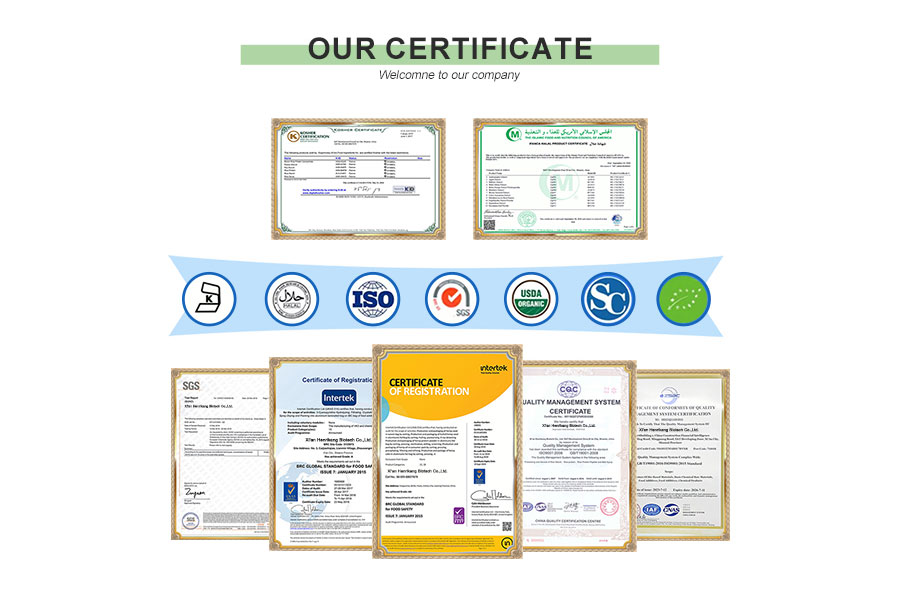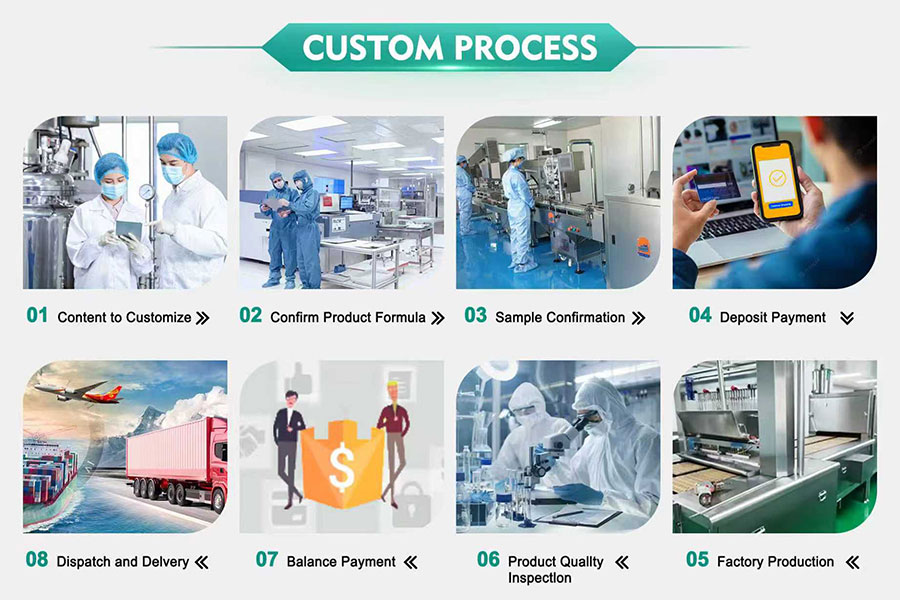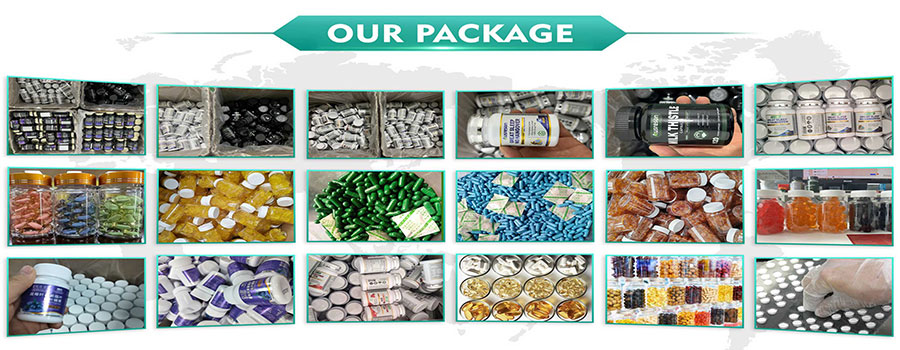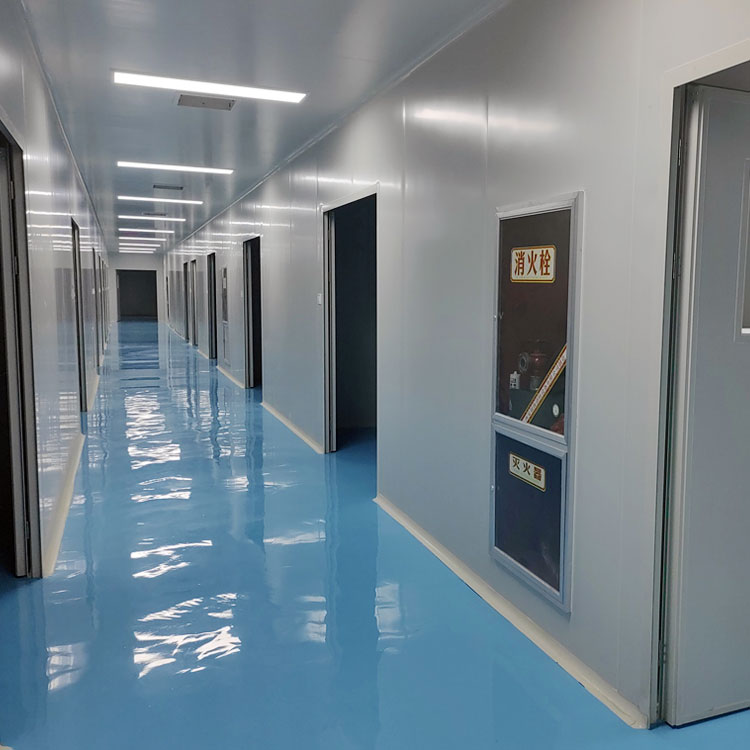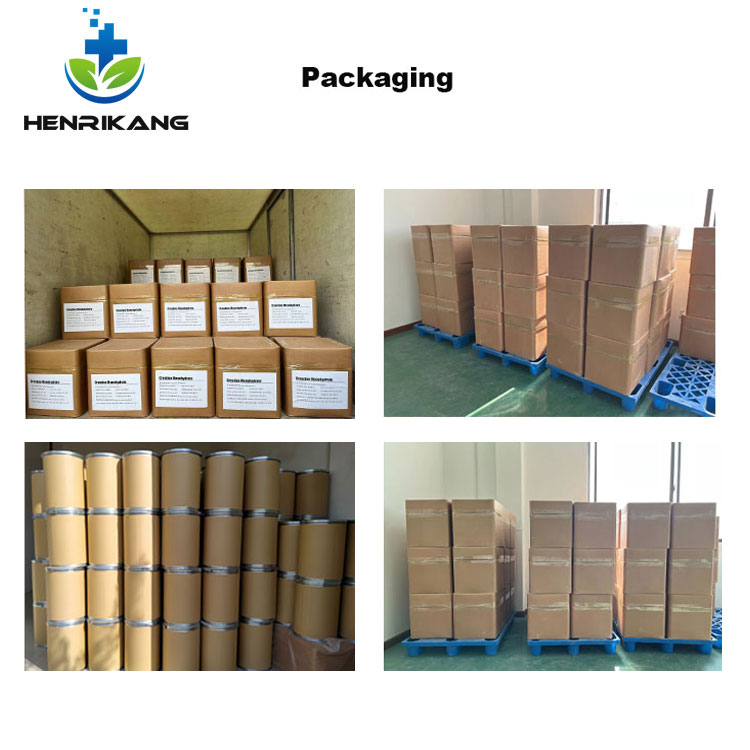Pharmaceutical
Human APIs Powder
- Respiratory Drugs Raw Material
- Antiviral Antibacterial
- Antipyretic Analgesics
- Antihistamine Drugs
- Antineoplastic
- Cosmetic Raw Material
OEM & ODM
- Capsule
- Softgel Capsule
- Gummies
- Drop & drinks
- Tablets
- Effervescent Tablet
- Gel
- Powder
- Chewing Gum
- Pet Supplement
Veterinary raw materials
Phone: 86-13279202917
E-mail: sales@nutrition-oem.com
Add: Fengcheng 2nd Road, Weiyang District, Xi'an, Shaanxi, China
Glimepiride raw Materials Powder CAS 93479-97-1 supplier

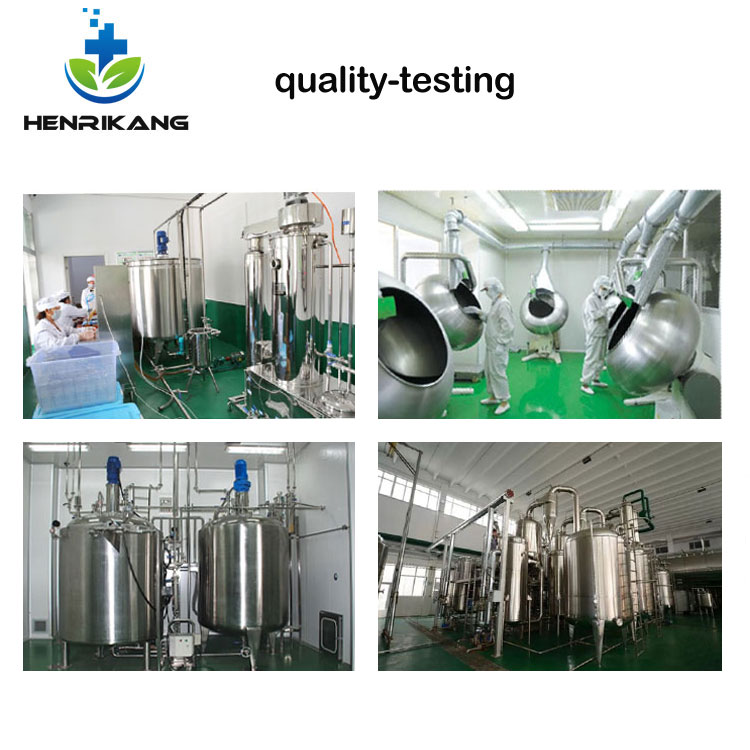
Product Overview:
Glimepiide is the third generation sulfonylurea long-acting anti-diabetic drug, the main mechanism of its hypoglycemic effect is to stimulate the secretion of insulin by islet beta cells, and partially improve the sensitivity of surrounding tissues to insulin. It binds and dissociates insulin receptors faster than glibenclamide and is less likely to cause severe hypoglycemia. The mechanism of action is through binding to the sulfonyluurea receptor (a protein with a relative molecular weight of 6.5×104) on the surface of pancreatic β-cells, which is coupled with the ATP-sensitive K+ (KATP) channel, promoting the closure of KATP channel, causing the depolarization of cell membrane, opening the voltage-dependent calcium channel, and promoting the release of insulin through Ga2+ internal flow. And inhibit liver glucose synthesis
Product Attributes
CAS:93479-97-1
MF:C24H34N4O5S
MW:490.62
EINECS:642-919-5
Specification: 99% min Glimepiride Powder
Sample:Glimepiride Powder Avaliable
Packaging:1kg/bag, 25kg/drum
Brand: Ausreson
MOQ:1KG
Appearance:White powder
Storage: Cool Dry Place
Shelf Life: 2 Years
Test Method: HPLC
Product Details
>Click here to get more information
Glimepiride Powder Usage and Synthesis.
Glimepiride can improve blood glucose control in type 2 diabetes patients, and its efficacy is similar to that of other second-generation sulfonylureas. However, glimepiride only needs to be taken once a day and is well tolerated. Glimepiride is a convenient and safe alternative sulfonylurea for type 2 diabetes patients who simply use diet and exercise to treat poor blood glucose control. In type 2 diabetes patients with secondary failure of sulfonylureas, glimepiide combined with insulin can reduce the dose of exogenous insulin. At present, studies suggest that glimepiride is well tolerated, but more information is needed on the use of glimepiride in combination with other hypoglycemic agents. Glimepiride only needs to be taken once at breakfast, which is convenient and easy, and the efficacy is certain, the interaction between drugs is less, and the side effects are relatively mild, so the application prospect is optimistic.
Introduction
Indications: For type 2 diabetes where blood glucose is not adequately controlled by diet, exercise, and weight loss.
Dosage and Administration:
- In principle, the dose of glimepiride dispersible tablets should be adjusted according to the target blood glucose level. The dose of glimepiride dispersible tablets must be the lowest dose sufficient to achieve the target metabolic control.
- During treatment with glimepiride dispersible tablets, blood glucose and urine glucose levels must be monitored regularly. Additionally, regular monitoring of glycated hemoglobin (HbA1c) is recommended.
- If a missed dose occurs, it should not be corrected by taking a larger dose later.
- Measures for managing inability to take medication at the prescribed time (especially forgetting to take a dose or skipping a meal) or for any other reason must be discussed and agreed upon by both the doctor and the patient.

Drug Interactions
Based on experience using glimepiride dispersible tablets and other sulfonylureas, caution should be exercised regarding the following drug interactions: Glimepiride is metabolized by cytokine P450 (CYP2C9). The potential effects of concomitant use of glimepiride with a CYP2C9 agonist (rifampin) or inhibitor (fluconazole) should be considered.
Taking any of the following medications that may potentially lower blood sugar can lead to hypoglycemia in certain situations: phenylbutazone, azapromide, hydroxybutanol, insulin and oral hypoglycemic agents, salicylates, para-aminosalicylic acid, anabolic steroids and androgens, chloramphenicol, coumarin derivatives, fenfluramine, fenirandrolone, fibrates, ACE inhibitors, fluoxetine, guanethidine, cyclophosphamide, disopyramide, ifosfamide, sulfinpyrazone, clarithromycin, sulfonamides, tetracyclines, monoamine oxidase inhibitors, quinolone antibiotics, probenecid, miconazole, pentoxifylline (high-dose parenteral administration), trotoquinoline, trofos, and fluconazole.
Taking any of the following medications may weaken the hypoglycemic effect and raise blood glucose levels: estrogen and progesterone, diuretics, thyroid hormones, corticosteroids, phenothiazines, adrenaline and other sympathomimetic drugs, niacin (high doses), laxatives (when used long-term), phenytoin, diazoxide, glucagon, barbiturates, rifampin, acetazolamide.
H2 receptor antagonists, beta-blockers, clonidine, and reserpine may increase or decrease the hypoglycemic effect.
Under the influence of sympathomimetic drugs such as beta-blockers, clonidine, guanethidine, and reserpine, the inverse adrenergic regulation of hypoglycemia may be weakened or even disappear.
Acute or chronic alcohol intake may enhance or weaken the hypoglycemic effect of glimepiride dispersible tablets in some unpredictable way.
Glimepiride may increase or decrease the effects of coumarin derivatives.
Product Method of Bulk Glimepiride Powder.
3-ethyl-2, 5-dihydro-4-methyl-2-oxygen-1H-pyrrole reacts with phenyl ethyl isocyanate, then chlorosulfonates with chlorosulfonic acid, amolysis to sulfonamide, and finally condensation with isocyanate p-methylcyclohexyl ester, resulting in a product. Or the product of chlorosulfonation first reacts with methyl carbamate, and then condensates with p-methylcyclohexylamine, the product can also be obtained.
Proveedor de Materia Prima Glimepirida en Polvo - CAS 93479-97-1
Поставщик сырья Глимепирид в порошке - CAS 93479-97-1
Fournisseur en Poudre de Matière Première Glimépiride - CAS 93479-97-1
Lieferant von Glimepirid Rohstoff-Pulver - CAS 93479-97-1
Fornecedor de Matéria-Prima Glimepirida em Pó - CAS 93479-97-1
Inquire This Product

